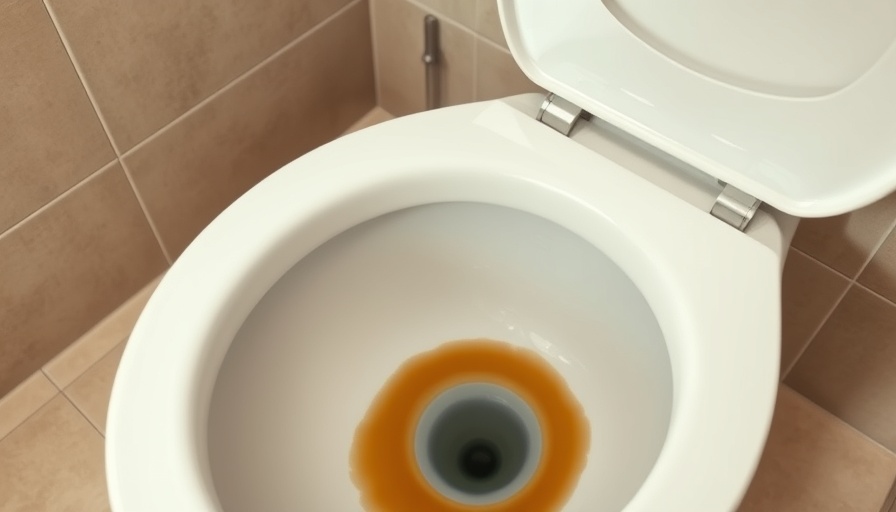
Unlocking the Secrets to Perfect Laminate Flooring: Choosing the Right Underlayment
Laminate flooring offers an exquisite look that mimics hardwood at a fraction of the price, making it a popular choice among homeowners embarking on DIY renovations. Yet, to achieve that sleek finish, the choice of underlayment is paramount. Without it, the laminate could buck up against temperature changes or moisture, leading to a less-than-ideal installation. But how can you ensure that you select the best underlayment for your unique project?
Types of Underlayment: What You Need to Know
There are primarily three types of underlayment available for laminate flooring: foam, combination foam, and cork. Foam underlayment is the simplest choice, providing basic cushioning without moisture protection, making it ideal for dry environments. For those tackling concrete subfloors, a combination foam underlayment that includes a vapor barrier is necessary to guard against moisture seepage.
Cork underlayment, on the other hand, brings antimicrobial properties to the table and excels in sound reduction, though it does come at a higher price point. As Home Improvements describes, each type of underlayment plays a crucial role in enhancing the longevity and comfort of your laminate flooring.
Understanding the Importance of Thickness
One common misconception when selecting underlayment is that thicker is always better. While a thickness between 3mm and 5mm is generally recommended, excess thickness can lead to instability, causing the locking mechanism of the laminate to weaken. The Sweet Spot is finding an underlayment that provides a plush feel yet doesn't hinder the integrity of the floor; underlayment too thick can make for a bouncy floor that looks and feels off, as underscored by sources like The Spruce.
Considering Your Subfloor: Concrete vs. Plywood
The type of subfloor dramatically influences your choice of underlayment. Concrete subfloors are more susceptible to moisture, making a vapor barrier essential. Conversely, if your subfloor is plywood, a breathable foam option would be better to avoid trapping moisture. Understanding these subtleties can save you from costly mistakes down the road.
Noise Reduction and Insulation: A Sound Investment
For those living in apartments or condos, sound transmission becomes a prevalent concern. Selecting a high-quality underlayment with sound-resistant capabilities can help mitigate noise complaints from neighbors below you. Look for underlayments that provide a Sound Transmission Class (STC) rating, which minimizes noise pollution and enhances living comfort.
Moreover, thermal resistance, denoted as R-value, should not be overlooked, especially in colder climates where keeping the floors warm with adequate insulation becomes critical.
Cost Considerations: Quality Over Savings
Ultimately, investing in a high-quality underlayment can pay dividends in the longevity of your flooring. Costs can vary, but an underlayment that is worth its weight in gold will typically range between $20 and $40 per roll, depending on the type and features. While budget options are tempting, the performance and durability of premium underlayments can protect your investment in flooring over the long haul.
Installation Tips: A Do-It-Yourself Guide
Once you've selected the best underlayment for your laminate flooring, correct installation becomes vital. Make sure to lay your underlayment over a clean, dry subfloor, and seal the seams properly to prevent moisture intrusion. Following the manufacturer's guidelines during installation is key to ensuring a seamless experience.
Your DIY Flooring Adventure Awaits!
Choosing the right underlayment for laminate flooring is just as essential as selecting the flooring itself. Armed with this knowledge, you're now ready to embark on your flooring project confidently. Not only does the right underlayment give you that polished look you desire, but it also ensures comfort, durability, and reduces noise. Prepare, choose wisely, and let the transformations begin!
 Add Row
Add Row  Add
Add 




Write A Comment